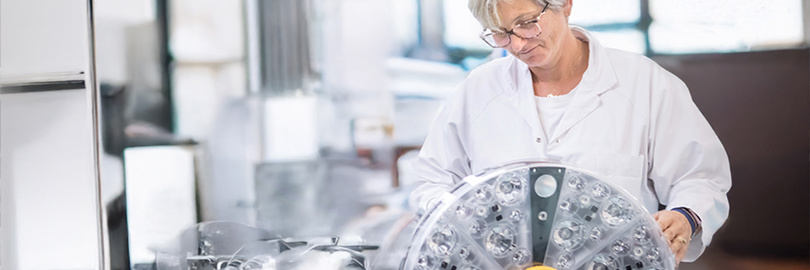A strategic tool for sustainable healthcare procurement
Healthcare systems face increasing pressure to reduce their environmental footprint. Meeting regulatory demands and satisfying stakeholder expectations are just a few of the driving forces. Product Environmental Profiles (PEP) are becoming a powerful tool, providing transparent, reliable data on a product’s environmental performance. Based on comprehensive life cycle assessments, PEPs help hospitals make informed, sustainable purchasing decisions that support both environmental responsibility and financial performance.
What is a Product Environmental Profile (PEP)?
A Product Environmental Profile (PEP) is a detailed, science-based summary of a product’s environmental footprint. Using the Life Cycle Assessment (LCA) methodology, it evaluates performance across every stage of a product’s life—from raw material extraction to manufacturing, distribution, and final disposal.
As a Type III environmental declaration under ISO 14025, a PEP provides multi-criteria data that includes climate impact (e.g., CO₂ equivalent for life cycle), resource depletion, or human toxicity, among others. By presenting this data in a clear, quantifiable format, PEPs allow to assess and compare the environmental performance of medical products in an objective way. Thus, PEPs are essential for hospitals aiming to make informed and sustainable purchasing decisions.
Turning data into action
By providing transparency on environmental impacts across the value chain, PEPs give hospitals the insights needed to identify opportunities for operational and cost efficiencies. Examples include:
- Reduced waste management costs: Products with less material and packaging can lower disposal time and costs.
- Lower energy and water consumption: Products with Eco-Design features help hospitals reduce resource consumption and lower utility costs.
- Extended product lifespan: Durable, repairable, or reusable products reduce the need for replacements, enhancing resource efficiency.
- Avoidance of "hidden costs": Informed purchasing decisions help mitigate risks tied to improper disposal, regulatory penalties, and potential reputational damage.
With PEP data, hospitals can align procurement and reporting with regulations such as EU Medical Device Regulation (MDR), Corporate Sustainability Reporting Directive (CSRD) and Corporate Sustainability Due Diligence Directive (CS3D).
By choosing PEP-backed products, hospitals send a strong market signal that encourages medical device manufacturers to invest in innovation with lower environmental impact. At the same time, they position themselves as leaders in responsible healthcare, enhancing resilience and strengthening their reputation.
PEPs at Getinge: delivering trusted sustainability insights
At Getinge, we offer PEPs across key product lines such as operating tables, surgical lights, and sterilizers. Each PEP is based on a detailed LCA and follows EcoDesign principles to reduce material use, optimize efficiency, and minimize environmental impact. These efforts align with Getinge’s commitment to achieving net-zero emissions by 2050. PEPs are developed using tools such as EIME (Environmental Impact and Management Explorer) and are tailored to regional scenarios (EU, North America, Asia-Pacific).
Examples include:
- Maquet Meera and Maquet Corin operating tables with reduced mass and component count
- Ezea surgical light, consuming only <1W on standby and 28% less energy than its predecessor
- Moduevo ceiling unit, built using 100% locally sourced components in China
- Poladus 150 sterilizer, operating without water or pressurized air, cutting electricity use by 70% per liter sterilized medical device (compared to GSS67H-10 steam sterilizer)
- GSS67H steam sterilizer, saving up to 20-30% energy and 95% water compared to conventional models
Each PEP also provides actionable user recommendations — from powering down idle equipment to avoiding half-empty loads, or maintaining devices for longer life.
Sources
